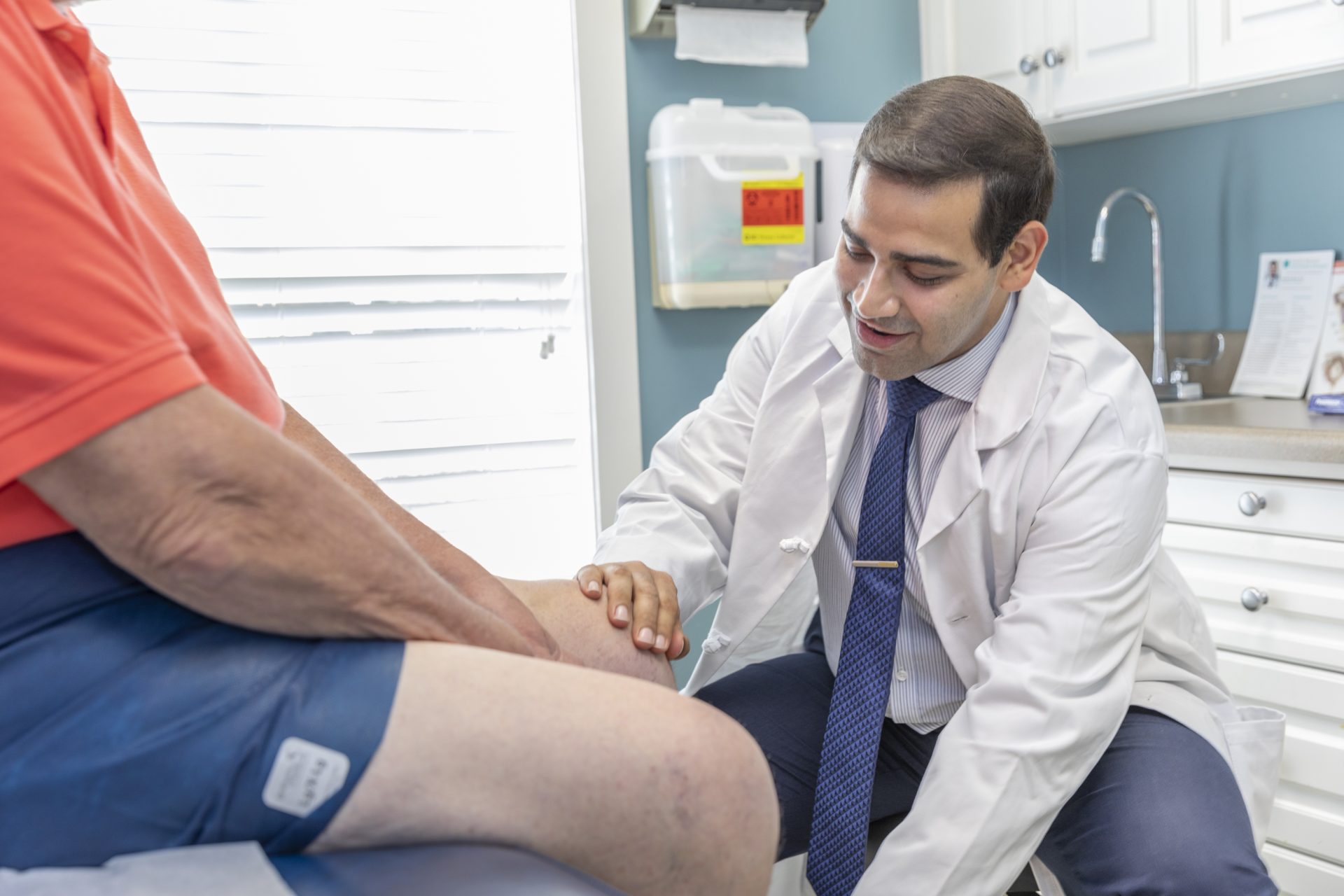Looking for a race wash? Scores of choices are available in your drug-store aisle. And there are hundreds more online. The number of facial cleansers out there may be overwhelming. It’s helpful to remember that your skin has its own remarkable built-in maintenance system, which you want to support.
Your skin is your body’s largest organ, and it performs a complex range of jobs, from regulating your temperature to teaming up with your immune system to ward off threats. “Your skin is expansive,” observes Suzanne J. Friedler, M.D. F.A.A.D., a board-certified fellow of the American Academy of Dermatology. “Both literally – adults have about 22 square feet. And figuratively: Among the skin’s functions is its ability to regularly regenerate.”
Your skin’s maintenance system includes a turnover of skin cells, with new cells repopulating about every four weeks. “And your skin’s pores release a number of protective substances, including the skin oil sebum, which helps coat the surface,” explains Dr. Friedler.
Especially with the vast array of face-cleansing choices available, you want to keep in mind that your regimen should be supportive of your skin’s own self-care. An effective cleansing routine should steer clear of common face-washing mistakes.
With that in mind, Dr. Friedler offers the following suggestions:
FIVE Face-wash “do-nots” that will keep your skin dewy:
1. Do not overwash! “’Squeaky clean’ skin has been stripped of its natural barrier protection,” emphasizes Dr. Friedler. “Your skin’s processes are calibrated to maintain a balance of protective skin oil on the surface. If you get carried away and wash too often, you can disrupt this balance, causing overproduction of sebum, which can lead to clogged pores and acne. Aside from a post-workout wash, you should wash no more than twice a day with a non-soap cleanser. Instead of scrubbing, gently use your fingers. Then pat dry—no rubbing.”
2. Do not mess with the acid mantle! “We’ve heard a lot about the skin’s ‘acid mantle’ in health and beauty columns,” observes Dr. Friedler. “The skin’s natural pH is below 7, creating an acidic surface environment that maintains its protective barrier and hosts a range of beneficial microflora. One reason you want to stay away from soap is that its pH is much higher, usually about 10 or 11, which can disrupt that mantle, causing a cascade of problems. When you choose cleansing products, you want to make sure that the pH is in the range of 5 to 7 so that your skin’s surface pH is supported and its delicate ecosystem remains healthy.”
3. Do not forget to moisturize! “Your face-washing routine,” states Friedler, “should include moisturizing as the last step. Moisturize immediately after patting dry: within a minute to three minutes to lock in your skin’s moisture. Those with oily skin should use an oil-free, ‘non-comedogenic’ gel product. Dryer skin does well with thicker lotions and creams. Products that include ceramides or hyaluronic acid can aid in providing protection.”
4. Do not over-exfoliate! “As with washing,” says Friedler, “exfoliation should be done with care. Gentle exfoliation can help prevent clogged pores. But you don’t want to overdo it: No more than once or twice a week for dry skin. Chemical-based exfoliants, such as glycolic or lactic acid, are typically gentler than mechanical exfoliants like brushes and scrubs. Just as with washing, you should apply gently and be sure to moisturize afterwards.”
5. Do not forget about the neighbor! “The success of your face-cleansing routine is also dependent on how you treat your hair,” advises Dr. Friedler. “You want to make sure that your hair-care and styling products are free from irritants and oils that can disrupt your skin’s balance.”
“Staying focused on supporting your skin’s own processes,” concludes Dr. Friedler, “can help you navigate the myriad face-cleanser choices at the drug stores.
Suzanne J. Friedler, M.D. F.A.A.D., is a board-certified fellow of the Amerwican Academy of Dermatology, with expertise in many areas of medical and cosmetic dermatology. She has been with Advanced Dermatology PC since 2002. www.advanceddermatologypc.com.







